Roman Aureus Coin
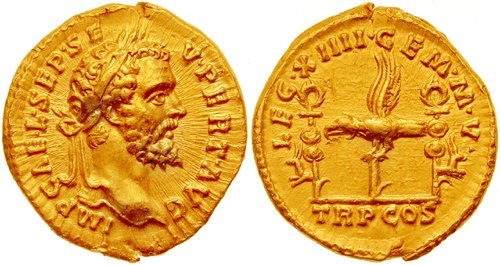
Roman Aureus Coin: The Gold of the Emperors Meta Title: Roman Aureus Coin – History, Value & Collector’s GuideMeta Description: Explore the Roman aureus —…

Roman Aureus Coin: The Gold of the Emperors Meta Title: Roman Aureus Coin – History, Value & Collector’s GuideMeta Description: Explore the Roman aureus —…
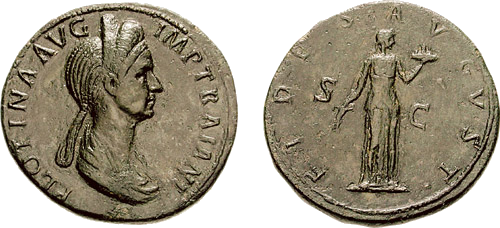
Roman Sestertius Coins: The Bronze Giants of the Empire Meta Title: Meta Description: Explore the history, size, and value of the Roman sestertius — the massive…
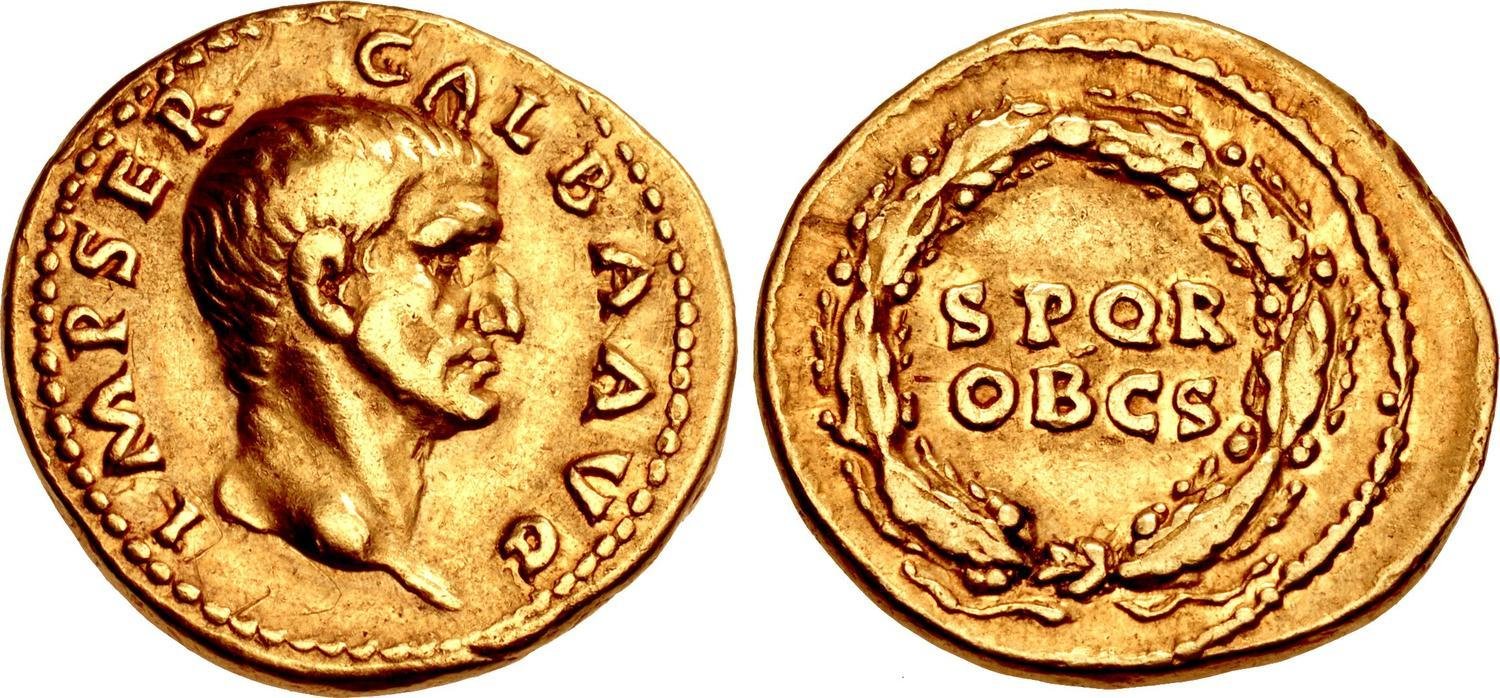
Roman Coins Value: A Collector’s Journey Through Time and Treasure Why Roman Coins Still Steal the Show Roman coins value! There’s a moment every collector…
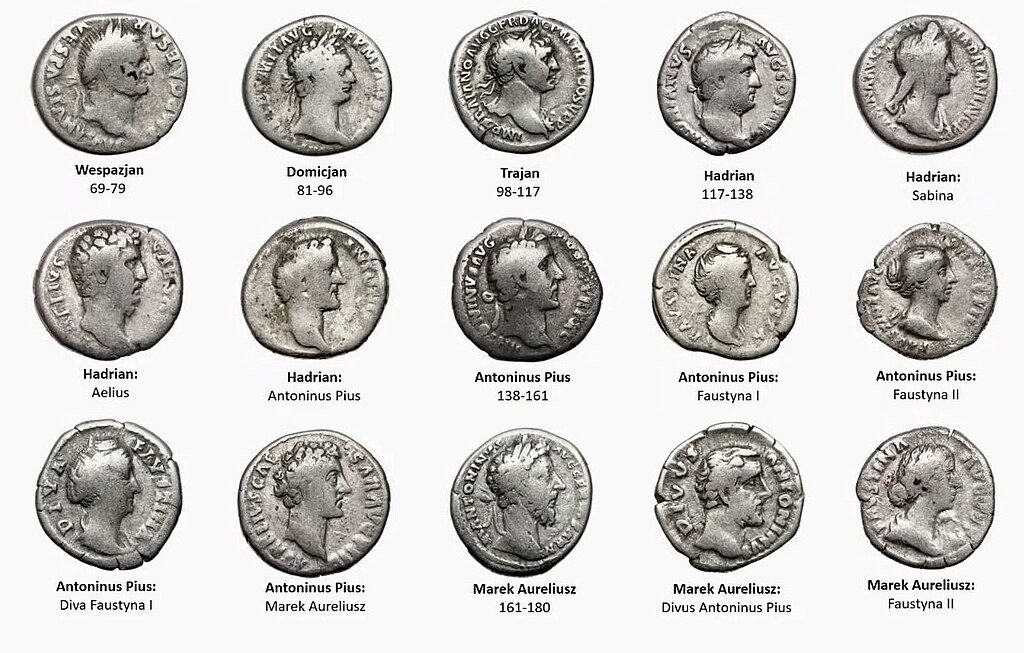
Roman Coin Identification Guide: A Collector’s Honest Walkthrough A while ago, I bought a Roman coin from an old dealer at a flea market. I…
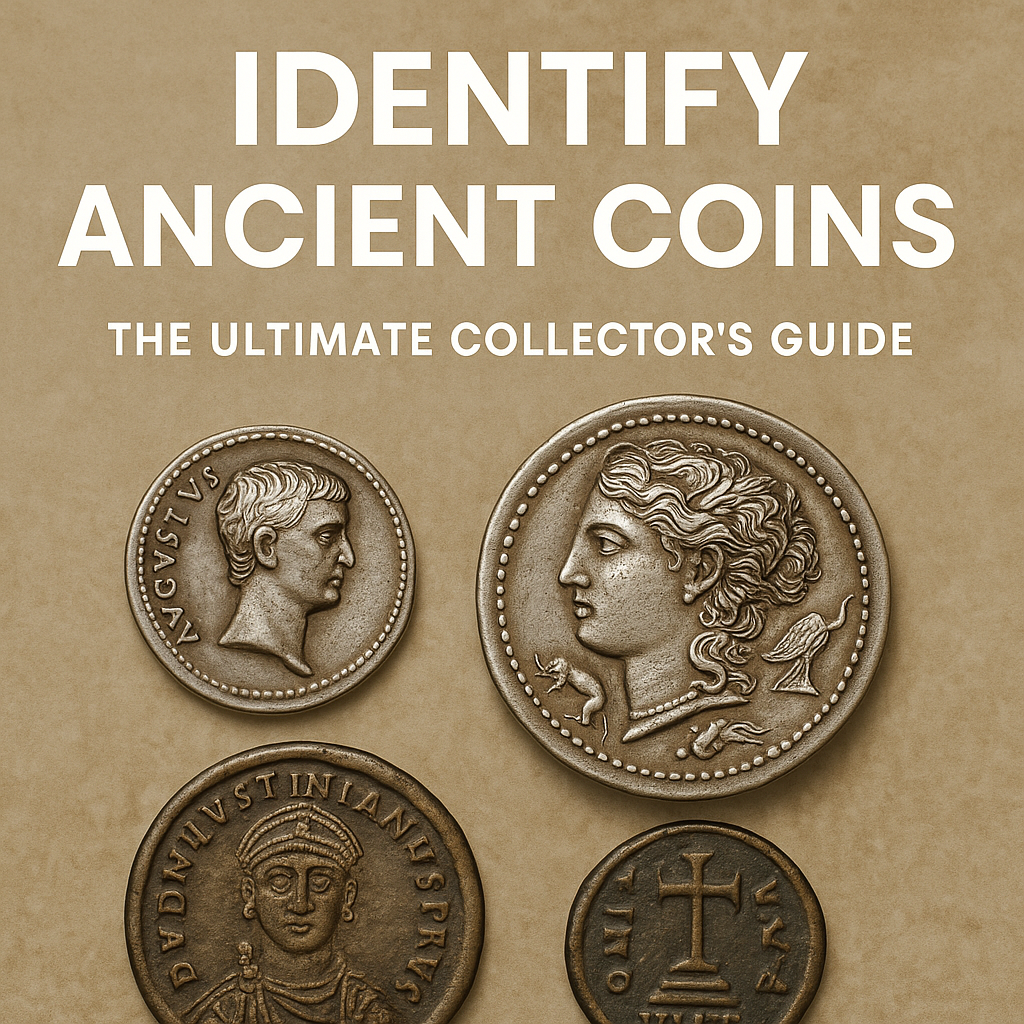
Identify Ancient Coins: A Collector’s Guide to Roman, Greek, Illyrian & Byzantine Coins So, identify Ancient coins is not easy, but have you ever found…

The Power of Roman Coins: How Small Metal Discs Built an Empire How the role of Roman coinage changed my life? When I hold a…
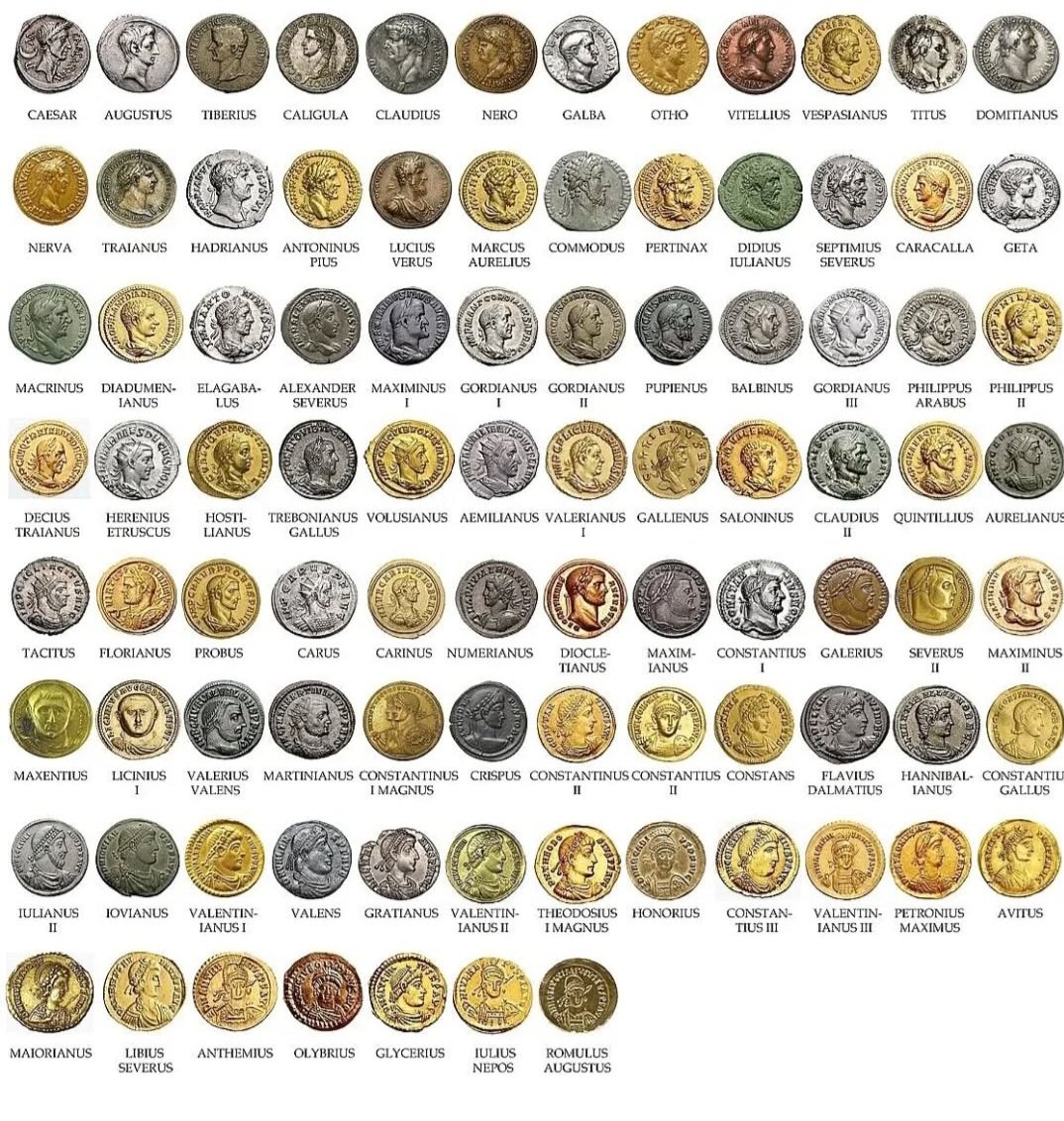
Old Roman Coins: A Collector’s Journey into the Past Old Roman coins aren’t just old currency—they’re relics of empire, tokens of ambition, and miniature time…

How to Identify Roman Old Coins – A Beginner’s Collector Guide Meta Title: How to Identify Roman Old Coins – Beginner’s Guide for CollectorsMeta Description:…
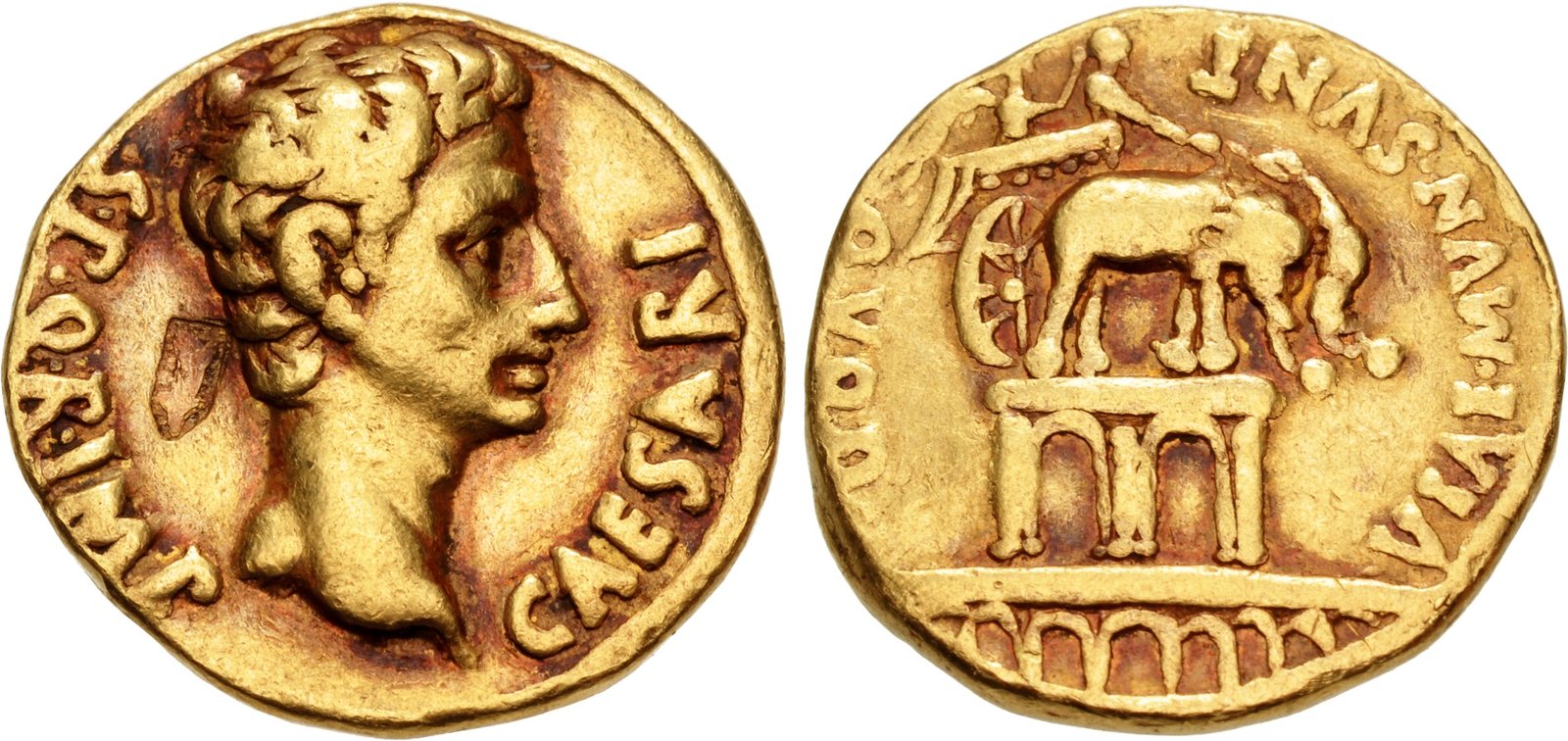
A Brief History of Roman Coins Early Coinage Origins – The Republican Period Long before Rome was the superpower of the Mediterranean, money looked a…